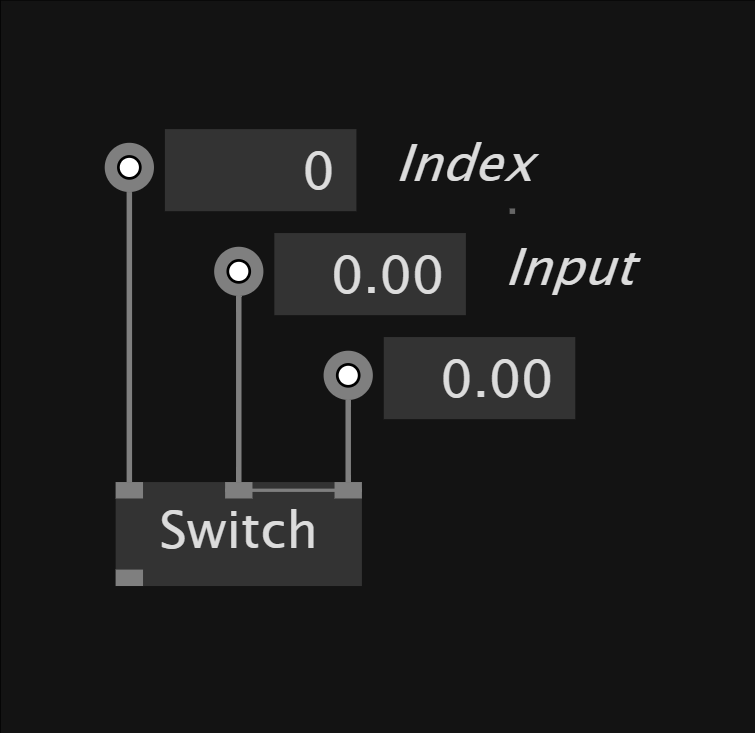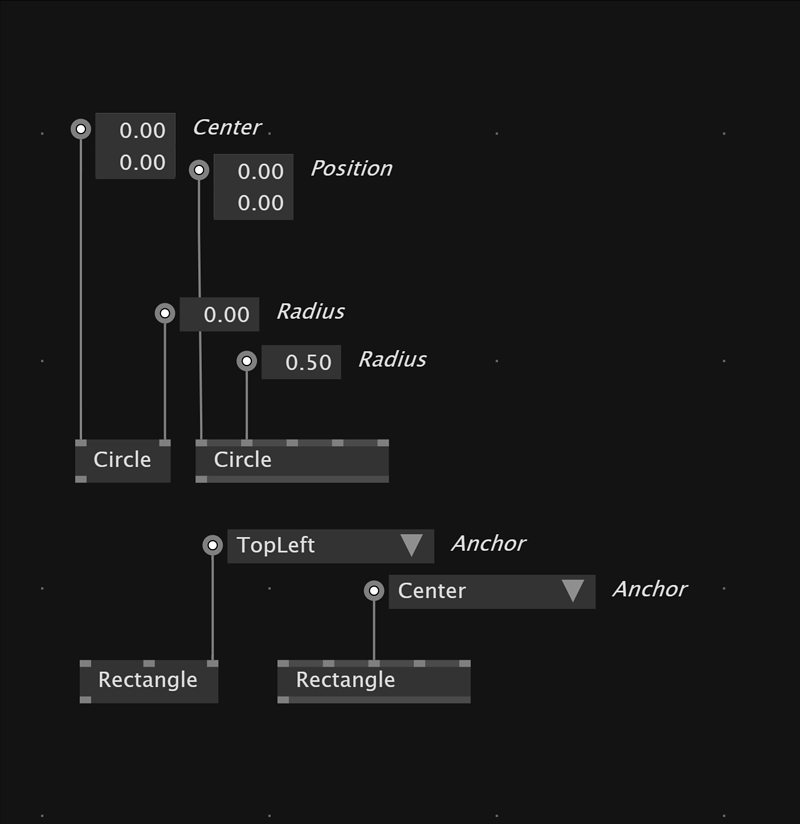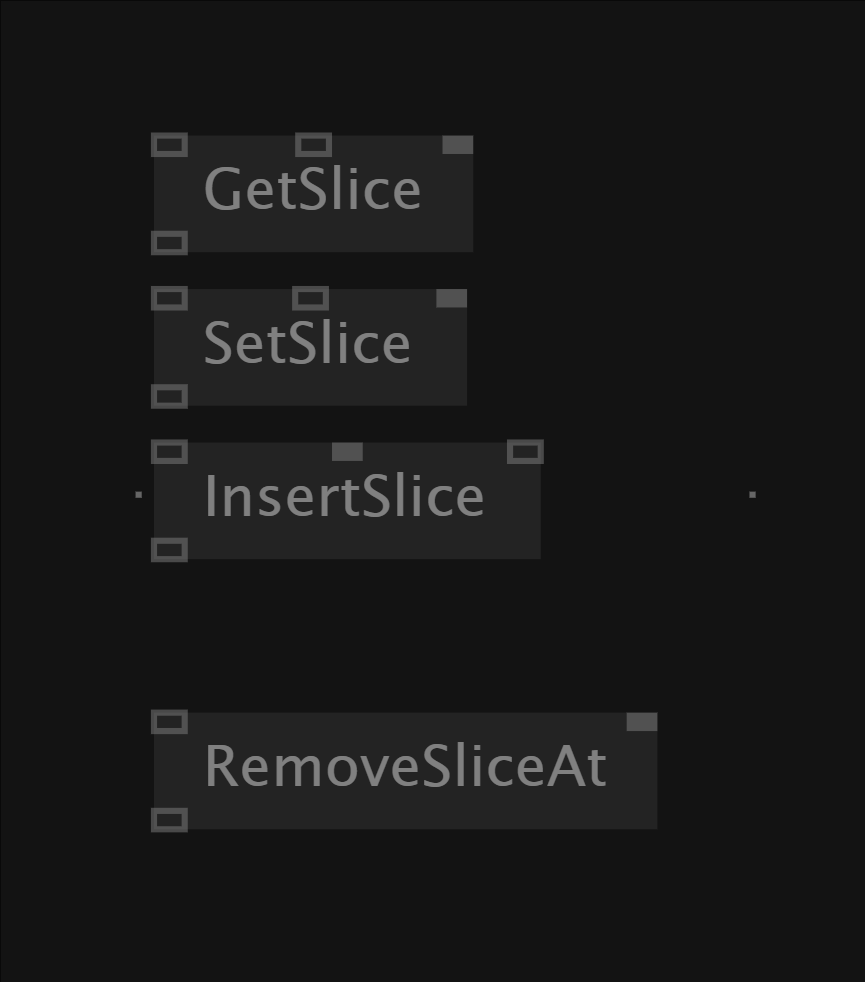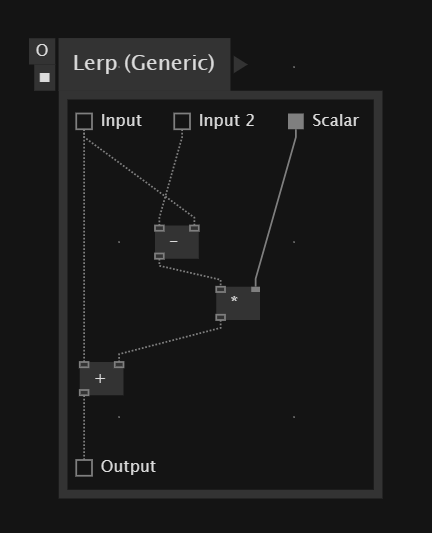During the preparations for the upcoming video tutorial series I collected a few issues regarding consistency. So here is a thread to collect them all.
Adaptive vs. Generic ✅
I am a bit unclear which of these terms is now being used for what. The Gray Book is also delivering results for both terms. I started wondering about it when I came across this error message - I would have expected it to say “Unable to resolve generic node”
Pin Groups ✅
When exposing pin groups (like Math nodes or a Switch), only the first input gets a label.

Typo ✅
When hovering the camera icon of a frame.
Pow
Why is there a generic/adaptive node, when it is only accepting floats?
Skia Renderer
Should have Control Box activated by default and have a title input pin, to align with the window style of Stride windows.
Stride Cameras
IMO the default camera for a SceneTexture and the normal Camera (without Orbit) should look exactly like the default OrbitCamera on a SceneWindow
Stride Windows ✅
They don’t save their positions.
Circle / Rectangle
Maybe their defaults and label namings should be the same like their equivalents in Skia? Also the circle datatype does not have an anchor input.
Output bang ✅
Please.
Animation Nodes
Can we please also have generic Oscillator and Damper nodes in the standard node set, instead of the single value, 2D and 3D versions?

3D Text
Simple 3D text rendering in the standard node set would be awesome… maybe the 3D text models of @bjoern could go into vanilla Stride?
Spread Nodes
The naming of RemoveSliceAt is not in line with the other nodes. Also InsertSlice should have the index pin on the very right.
Mouse Wheel
Has to be used differently in Stride and Skia. At least the naming should be fixed here.
Angles
Everything about angles in 3D feels contra everything else in VL (LFO direction, angles in 2D). One day I will create a separate forum post about it.






